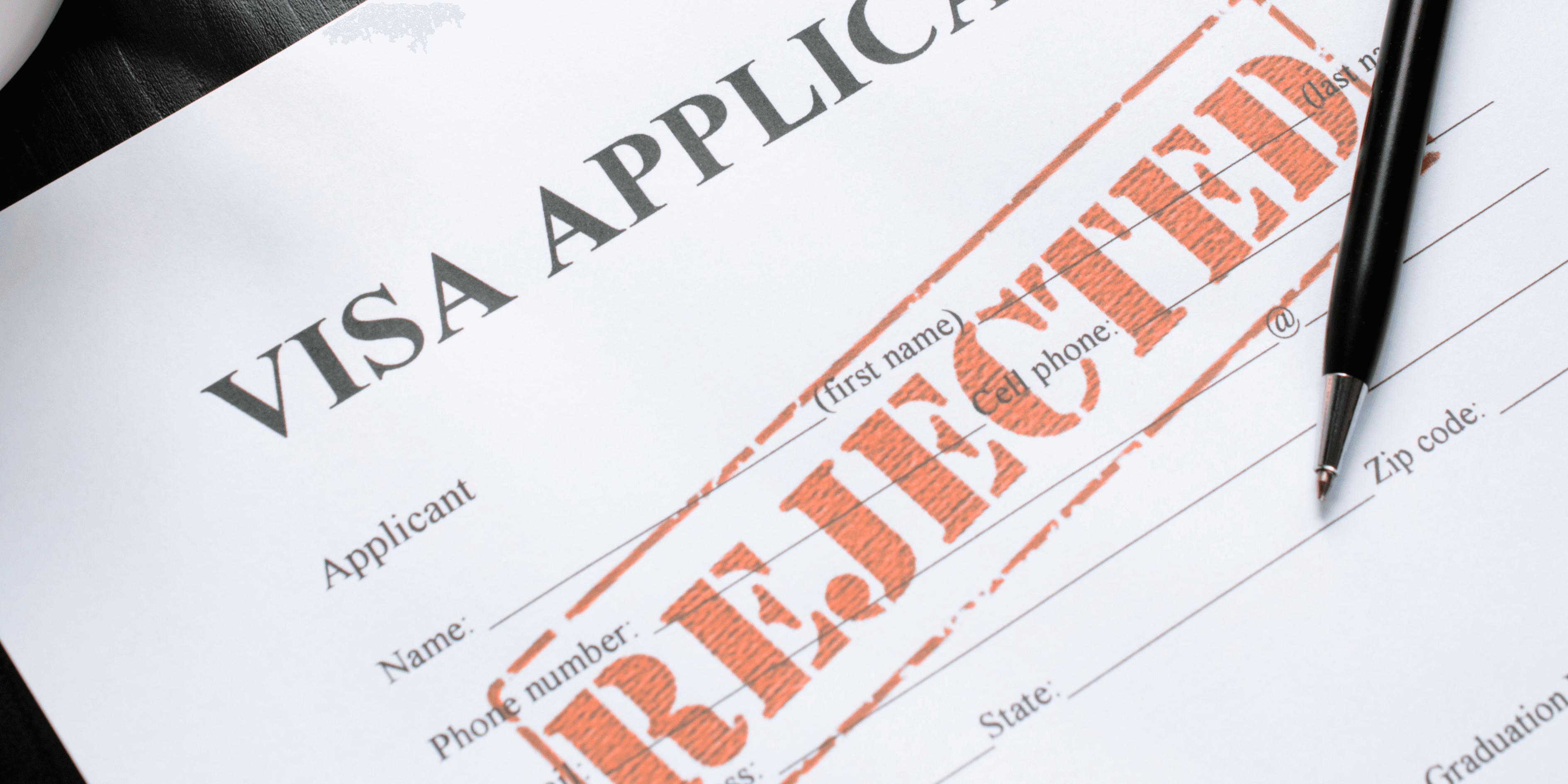Student visa refusal

This financial year the Australian government introduced many changes that will impact the student visa. They are:
-
Student visa caps
-
Introduction of the new Genuine Student Test
-
Changes to the financial requirement
-
Increased visa application fee
-
Updated visa conditions
-
New English language requirements
-
Restriction on visa transfers
Student visa cap
There were 498,491 visas lodged by primary applicants for the financial year 2023-24. Out of the lodged visas, 331,775 were granted.
However the Australian government has announced that starting from 1 January 2025 the number of student visas will be capped at 270,000. The allocations will be divided as follows:
-
Public universities will have a total of around 145,000 commencements.
-
Private universities and NUHEPs will have around 30,000.
-
VET providers will have around 95,000.
The good news is that they have mentioned that these are for new commencement of courses and current students will not be affected. However, there have been recent policy changes that have been introduced by the government which will affect even the current students and migrants who are planning to apply for a student visa in the near future.
Visa refusals are usually due to applicants failing to fulfill the requirements set by the department. Below are some of the common reasons for visa refusals and particularly in the light of new policy changes.
-
Failure to meet the Genuine Student Test
Every student visa applicant has to demonstrate genuine intention intention for their studies in Australia. The Department previously assessed this by the test, which was the Genuine Temporary Entrant Test (GTE) which focused on the applicant returning to their home country. The new Genuine Student Test (GS) focuses on the genuine intention of the student, value of the course to the applicant and the community and the e relationship with previous studies that is to see if it is a natural progression the applicant to demonstrate that the course that they are studying has a future value.
For example, if you need time to prepare for your PR pathway and you are applying for a student visa to study a Diploma while having a qualification in Bachelors or Masters, its likely you may have a visa refusal. But if you can demonstrate the institution that you’ve enrolled in is a well recognized institution and that your studies are related to your previous study and demonstrate that the course will have a positive outcome for your career, then the chances of refusal will decrease.
-
Demonstrating adequate finances
The financial requirements for student visas have significantly increased, so if you do not meet them, its likely you will have a visa refusal.
The minimum cash funds required to meet the financial capacity requirement are as follows:
Primary applicant: AUD 29,710
Spouse/ De facto partner: AUD 10,394
Dependent child: AUD 4,449
In addition to the above you will also have to demonstrate the relevant course fee, funds for health insurance and travel expenses as well.
-
New English language requirements
The minimum English proficiency scores have been raised. The minimum IELTS test score needed for a student visa has increased from 5.5 to 6.0 (or its equivalent). For students intending to undertake a packaged English Language Intensive Courses for overseas students (ELICOS), the minimum IELTS score has increased from 4.5 to 5.0. For those planning to pursue university foundation or pathway programs that deliver reputable English language training, the required score is now IELTS 5.5 (or its equivalent). So if you are unable to meet the new English language requirements then its likely your visa application will be refused.
-
Restrictions on visa transfers
Certain visa holders are no longer able to apply for student visas any more, as restrictions have been placed on them to avoid visa hopping. So, if you previously held a Temporary Graduate visa (SC 485) or a Tourist visa (SC 600) you cannot apply for a student visa any more. So if you are applying for a student visa while holding these visas, you will have a visa rejection.
Your options after a refusal
A visa refusal can be discouraging, but depending on whether you have applied onshore or offshore you can explore your options.
Usually onshore student visa applications, that is applicants who apply for a student visas while they are in Australia will have a right to review the decision. Usually, the offshore student visa applicants, who are applicants who applied outside of Australia will not have a right to review. However you need to check your visa refusal notice whether you have the right to review the decision.
In the event you don't have the right to review, you can choose to reapply with a stronger application.
If you are eligible for review, you can appeal the decision to the Administrative Review Tribunal (ART). The time frame that you will be usually granted to lodge your visa appeal application, is 21 days from the date of your visa refusal. So its important that you act promptly, because if you miss the deadline your right to appeal will be lost.
The ART process
-
Lodging the appeal
The appeal process starts with the submission of the application to the ART. The application can be submitted online through the ART’s official website. You will have to pay a standard fee for the review and in most cases the fee for review is usually AUD 3,000. If you are facing financial hardships, you can request for a fee concession, but it will be on the discretion of the Tribunal.
-
The Hearing
Once the application is submitted, you will be notified of the hearing date and the mode of your hearing in advance. The hearing is usually conducted in person but at times it can be via video conference as well. During the hearing you or your representative lawyer will be given the opportunity to address the reasons for your refusal and present a strong case for your visa application and make any further clarifications.
-
The Decision
After the hearing the Tribunal can do one of the following:
-
Affirm the refusal; this means your visa will remain refused
-
Set aside the decision: this means your refusal will be overturned and your student visa will be approved
-
Remit the case: In this instance your case is sent back to the Department of Home Affairs for reconsideration.
-
Dismiss the application: If there are no grounds for review they will dismiss your application
Need Legal Assistance?
Our experienced legal team is here to help you with your immigration and legal matters.






